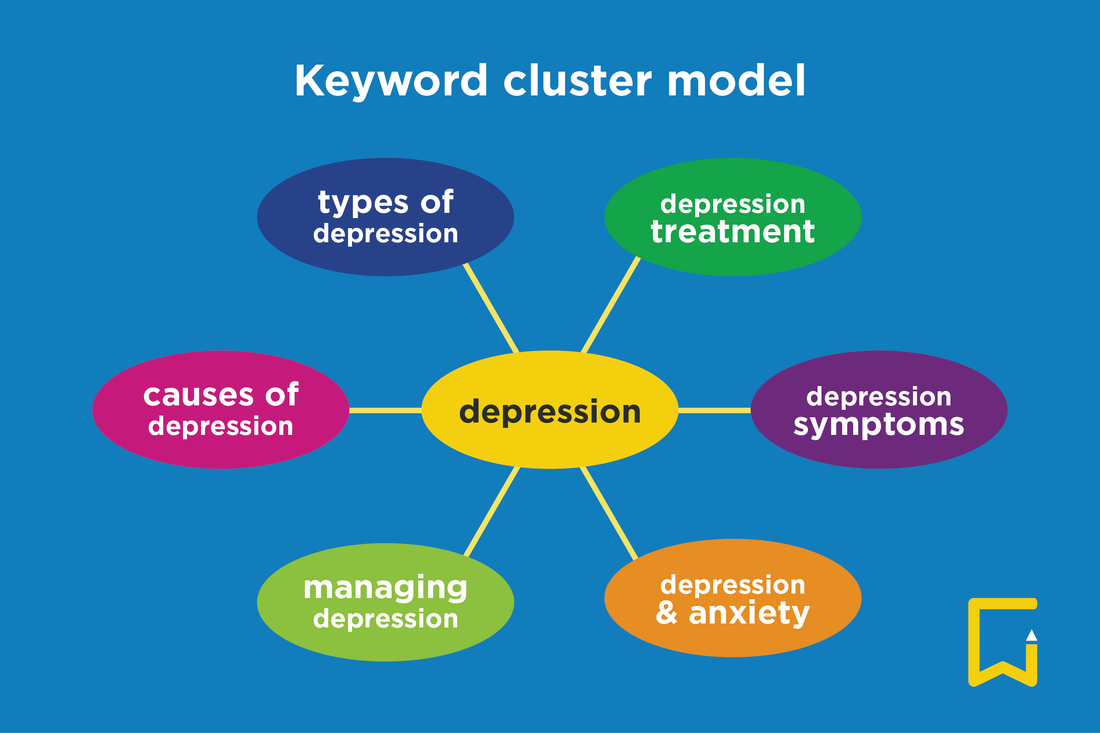
Your hospital’s blog provides expert guidance and health tips to help your community enjoy healthier lives. Behind the scenes, your blog is also a strategic tool that helps you rank for SEO. Closing keyword gaps is a major part of advancing your brand message and ranking for SEO.
Basically, they’re the differences between the keywords your website ranks for and the ones your competitors rank for. When a keyword gap analysis is part of your SEO strategy, you can identify those differences — the gaps — and form a plan to strengthen your website’s search performance.
A keyword gap analysis can answer questions about your hospital blog’s competition, performance and searchability.
You won’t know where these keyword gaps exist until you dig into the data. That’s where a content gap analysis comes in.
Get more healthcare marketing tips and best practices: Subscribe to the WG Content newsletter.
Building a competitor list might not be as straightforward as you think. It might be the hospital across the street or across the state, but it might also be a major player in the industry ranking for your keywords. Think about your competitors in terms of who is currently ranking for your target keywords and their size and resources.
Also, consider direct and indirect competitors. According to Neil Patel, direct competitors offer similar services, while indirect competitors offer different services that solve the same problem.
You can use tools like Semrush and the Conductor Chrome extension to do keyword research on your selected competitors.
Look to the major services your hospital focuses on and identify keywords for those topics. For example, if your behavioral health service doesn’t have content or keywords around “depression,” that’s a huge gap. Dive into data on related keywords for search volume and search intent.
Know what keywords are being used by people searching for education (such as learning about symptoms of depression) or action (such as looking for a psychologist or other treatment for depression).
Now it’s time to learn what content and keywords you’re missing on your healthcare blog. Don’t limit yourself to looking at only your competitors’ keywords. Other valuable keywords may be out there that your competitors aren’t going after; they might be “leaving money on the table,” so to speak.
Use your findings to drive new angles for blogs or other digital content and focus on your hospital’s unique point of view.
The hard work is getting the initial information from the provider. Now, it’s time to optimize older blogs to reflect today’s practices for search engines and AI results.
While you’re in there, refresh old blog content with updated statistics or medical research to keep your hospital’s blog relevant to readers.
Regular reviews in your SEO and analytics tools help ensure your keywords and traffic continue to improve. If they’re not, evaluate what’s working and what’s not.
Knowing the steps to take is important, but there are nuances along the way that can really help as you close keyword gaps. Here are a few of my go-to tips to make the most out of your efforts.
Content quality and user needs are becoming even more important to search algorithms to offer users the best content. You can have a perfect post in terms of keywords and SEO, but if content quality, expertise, etc., aren’t there, your article won’t rank as high.
When you use keyword clusters, you group phrases with similar intent within your content. For example, your blog article may focus on the primary keyword “depression symptoms” with secondary keywords like “depression symptoms in aging adults” and “depression symptoms in caregivers.”
Keyword clusters can also be related keywords around a broader topic. Think of it like a spoked wheel, where the central topic, such as “depression,” sits in the middle, and related concepts like “depression treatment,” “depression symptoms,” and “types of depression” branch out as spokes. Each one has a slightly different angle but remains connected to the core topic. Structuring content this way helps search engines recognize your authority on the subject and improves the user experience by providing a more comprehensive resource.

You need high-quality content to make all of this happen. Easier said than done, right? As you invest in content development, keep Google’s E-E-A-T quality indicators in mind:
Learn more about how content quality impacts how you rank.
Using generative AI for keyword brainstorming may be helpful, but those results still need the human element of assessing whether the keywords make the most sense for your healthcare brand, match your user intent and are valuable to your audience.
If you have keyword gaps for critical keywords, you should include them in your editorial calendar. You may need to re-evaluate your calendar to be sure you’re creating content that best aligns with your strategy.
Even if your organization has all the tools to conduct a keyword gap analysis, it doesn’t mean you have the time to do so.
The content strategists at WG Content help healthcare organizations strengthen their position in the marketplace. Whether you need a content strategy or assistance to create high-quality content, we can help.
Contact us to learn how we can help take your SEO and content strategy to the next level.
The original version of this page was published at: https://wgcontent.com/blog/close-keyword-gaps/
More than 20 years ago, WG Content became the first company to focus solely on content for the healthcare industry. Year after year, our ultimate mission is to put relationships at the center of al... Read more
When it comes to connecting with patients, the community and other key audiences, it’s not just what you say that’s important. It’s how you say it. Creating a strong brand voice ...read more
As a healthcare organization, building trust with patients helps maintain a positive reputation and attract new patients. One effective way to do this is by engaging your brand advocates ...read more
Back in the dark ages, before the world was at our fingertips, the task of finding a new doctor might look a bit like this:You: Do you know a good orthopedic surgeon?Friend: Try mine; ...read more
Have you ever found the most delicious-looking recipe online, only to scroll through endless backstory? You think, that’s lovely that your grandmother served this chocolate ...read more